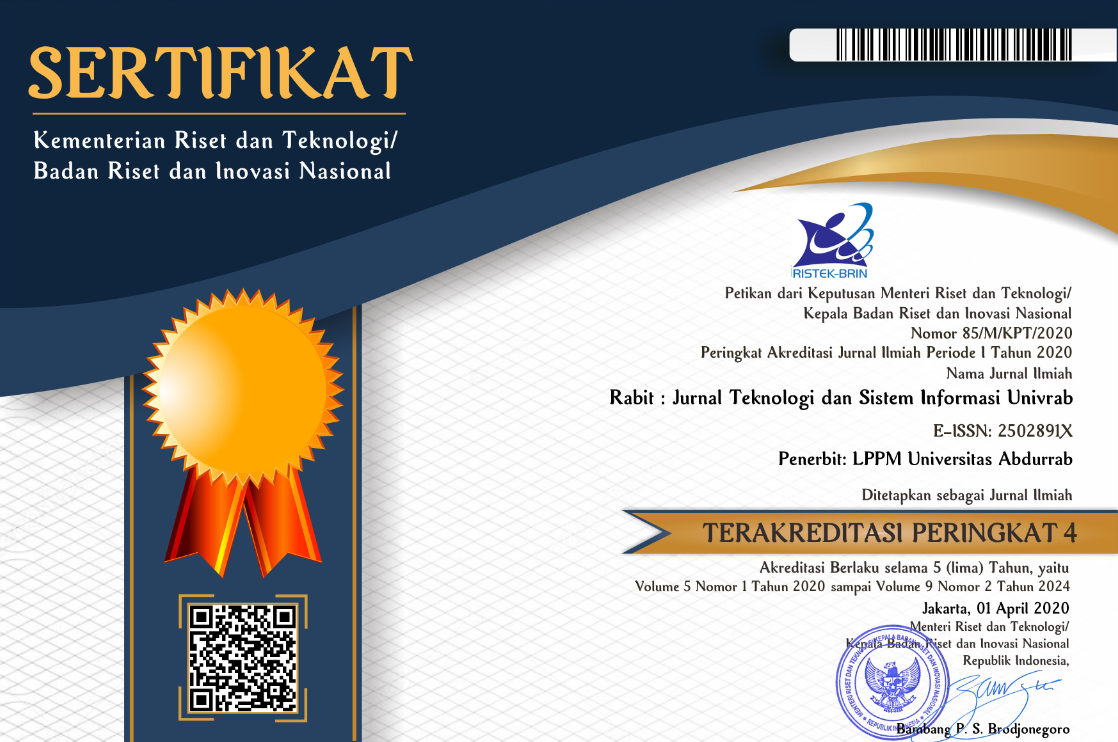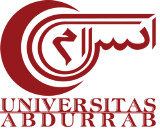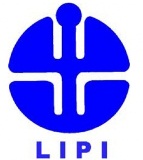PERANCANGAN SISTEM INVENTORY RUANG KELAS DENGAN PENDEKATAN METODE QUALITY CONTROL STATISTICAL SAMPLING BERBASIS WEB STUDI KASUS : INSITUT TEKNOLOGI TELKOM PURWOKERTO
Abstract
The classroom is the principal place in the implementation of teaching and learning activities. Classroom comfort indirectly affects the learning atmosphere and the comfort level of students in implementing teaching and learning activities. In its operational activities, classrooms have several supporting tools such as blackboards, projectors, air conditioners, chairs, and desks. These objects often experience problems such as minor damage, decreased function, to heavy damage. The existence of these obstacles can make teaching and learning activities less qualified in an academic classroom. Facilities and infrastructure to support quality teaching and learning activities require an inventory information system with quality control methods to ensure the classroom's quality of facilities is maintained. This research uses the Waterfall software development method and produces a web-based computerized system that can be used to monitor the quality of classroom facilities and follow-up. With this system, the quality of facilities and infrastructure in the classroom is maintained.
References
J. E. Leedy, Paul D; Ormrod, Systems Analysis and Design Ninth Edition. 2010.
James A. O’Brien and G. M. Marakas, Management System Information. 2010.
Arief, “Pemograman web dinamis menggunakan php dan mysql. Yogyakarta,” Yogyakarta C.V ANDI OFFSET., 2011.Nugroho (2004)
Nugroho, Bunafit. PHP & My SQL dengan Editor Dreamweaver MX, Penerbit Andi Offset, Jogjakarta, 2004
Gaspersz, Vincent. 2005. Sistem Manajemen Kinerja Terintegrasi Balanced Scorecard Dengan Six Sigma Untuk Organisasi Bisnis dan Pemeritah. Jakarta:Gramedia Pustaka Utama.
E. P. Membara, L. Yulianti, and I. Kanedi, “Sistem Informasi Akademik Smp Negeri 2 Talang Empat Berbasis Web,” media Inform., 2014.
W. Handiwidjojo, “Sistem Informasi Manajemen Rumah Sakit,” J. EKSIS, 2010.
D. P. Rakhmadani and S. R. Wicaksono, “Sistem Informasi Pengukuran Efektivitas Produksi BerbasisWeb (Studi Kasus : PT. Beiersdorf Indonesia),” J. Rekayasa Sist. Ind., 2015, doi: 10.26593/jrsi.v4i2.1628.70-76.
M. Susanti, “Perancangan Sistem Informasi Akademik Berbasis Web Pada Smk Pasar Minggu Jakarta,” Informatika, 2016.
Sutarti, Sutriyono, and D. Gustopo, “Analisis Pengendalian Persediaan Bahan Baku Menggunakan Metode Economic Order Quantity dalam Upaya Meningkatkan Efisiensi (Studi Kasus pada PT. Pancaran Mulia Sejati),” J. Teknol. dan Manaj. Ind., 2016.

This work is licensed under a Creative Commons Attribution-NonCommercial-ShareAlike 4.0 International License.
Copyright Notice
The copyright of the received article shall be assigned to the publisher of the journal. The intended copyright includes the right to publish the article in various forms (including reprints). The journal maintains the publishing rights to published articles. Therefore, the author must submit a statement of the Copyright Transfer Agreement.*)
This work is licensed under a Creative Commons Attribution-NonCommercial-ShareAlike 4.0 International License.
In line with the license, authors and any users (readers and other researchers) are allowed to share and adapt the material only for non-commercial purposes. In addition, the material must be given appropriate credit, provided with a link to the license, and indicated if changes were made. If authors remix, transform or build upon the material, authors must distribute their contributions under the same license as the original.
Please find the rights and licenses in RABIT : Jurnal Teknologi dan Sistem Informasi Univrab. By submitting the article/manuscript of the article, the author(s) accept this policy.
1. License
The non-commercial use of the article will be governed by the Creative Commons Attribution license as currently displayed on Creative Commons Attribution-NonCommercial-ShareAlike 4.0 International License.
2. Author’s Warranties
The author warrants that the article is original, written by stated author(s), has not been published before, contains no unlawful statements, does not infringe the rights of others, is subject to copyright that is vested exclusively in the author and free of any third party rights, and that any necessary written permissions to quote from other sources have been obtained by the author(s).
3. User Rights
RABIT's spirit is to disseminate articles published are as free as possible. Under the Creative Commons license, RABIT permits users to copy, distribute, display, and perform the work for non-commercial purposes only. Users will also need to attribute authors and RABIT on distributing works in the journal.
4. Rights of Authors
Authors retain all their rights to the published works, such as (but not limited to) the following rights;
- Copyright and other proprietary rights relating to the article, such as patent rights,
- The right to use the substance of the article in own future works, including lectures and books,
- The right to reproduce the article for own purposes,
- The right to self-archive the article,
- The right to enter into separate, additional contractual arrangements for the non-exclusive distribution of the article's published version (e.g., post it to an institutional repository or publish it in a book), with an acknowledgment of its initial publication in this journal (RABIT : Jurnal Teknologi dan Sistem Informasi Univrab).
5. Co-Authorship
If the article was jointly prepared by other authors, any authors submitting the manuscript warrants that he/she has been authorized by all co-authors to be agreed on this copyright and license notice (agreement) on their behalf, and agrees to inform his/her co-authors of the terms of this policy. RABIT will not be held liable for anything that may arise due to the author(s) internal dispute. RABIT will only communicate with the corresponding author.
6. Royalties
This agreement entitles the author to no royalties or other fees. To such extent as legally permissible, the author waives his or her right to collect royalties relative to the article in respect of any use of the article by RABIT.
7. Miscellaneous
RABIT will publish the article (or have it published) in the journal if the article’s editorial process is successfully completed. RABIT's editors may modify the article to a style of punctuation, spelling, capitalization, referencing and usage that deems appropriate. The author acknowledges that the article may be published so that it will be publicly accessible and such access will be free of charge for the readers as mentioned in point 3.
 PDF (Bahasa Indonesia)
PDF (Bahasa Indonesia)
 Abstract views: 632
Abstract views: 632
 downloads: 553
downloads: 553

 :
:












